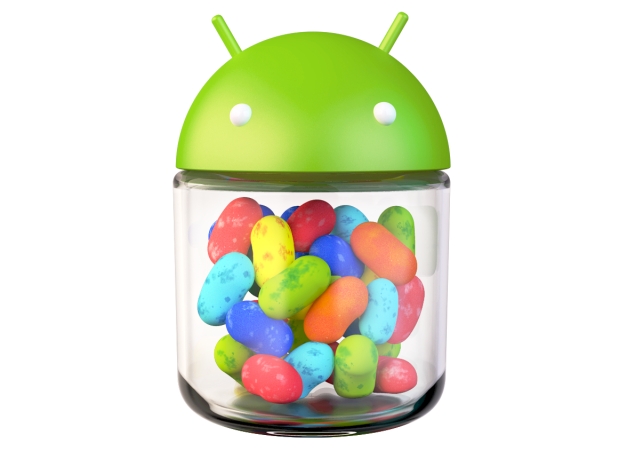1. Alpha
| Version | 1.0 |
| API Level | 1 |
| Nickname | No Name |
| Release Date | September 2008 |
Features
- Allows to download and update the application from android market.
- Web browser to show, zoom and pan full HTML, X HTML web pages .
- This Version is Packed with great internet serviced based apps like Gmail , Gtalk,Google maps ,Google Search and many more app likes media players ,bluetooth support and wifi .
2. Beta
| Version | 1.1 |
| API Level | 2 |
| Nickname | No Name |
| Release Date | February 2009 |
Features
- The Update Resolved bugs which were found in version 1.0
3. Cupcake
| Version | 1.5 |
| API Level | 3 |
| Nickname | Cupcake |
| Release Date | April 2009 |
Features
- Supports Keyboard predictions
- Widgets are introduced in this version
- Auto-rotation option
- Animated Screen Transition
- Media Support for video recording and playback in MPEG-4 and 3GP formats
- Ability to uploads videos to youtube
- Ability to upload photos to picasa.
4. Donut
| Version | 1.6 |
| API Level | 4 |
| Nickname | Donut |
| Release Date | September 2009 |
Features
- Text to speech technology is introduced.
- Support for WVGA screen resolutions.
- Speed improvements in searching and camera applications.
- Ability for users to select multiple photos for deletion.
- Gallery, camera and camcorder more fully integrated, with faster camera access.
5. Eclair
| Version | 1.6 |
| API Levels | 5 , 6 , 7 |
| Nickname | Eclairs |
| Release Date | October 2009 |
Features
- Expanded Account sync allowing users to add mulitple accounts to device for synchronization.
- Live wallpapers were introduced in this version.
- Ability to search all saved SMS and MMS messages.
- Improvement in Google Maps.
- The Web Browser is refreshed with thumbnail ,double tap zoom and support for HTML 5 features.
- Camera Features like flash, digital zoom, white balance and colour effects are including in camera settings.
6. Froyo
| Version | 2.2 - 2.2.3 |
| API Level | 8 |
| Nickname | Froyo |
| Release Date | May 2010 |
Features
- Speed, memory, and performance optimizations.
- Adobe Flash Player Support.
- USB tethering and Wi-Fi hotspot functionality.
- Updated Market application with batch and automatic update features.
- Support for Bluetooth-enabled car and desk docks.
- Gallery allows users to view picture stacks using a zoom gesture.
7. Gingerbread
| Version | 2.3-2.3.2 |
| API Levels | 9 , 10 |
| Nickname | Gingerbread |
| Release Date | December 2010 |
Features
- Support for a front-facing camera for video calling .
- Support for Near Field Communication (NFC) .
- New Download Manager, giving users easy access to any file downloaded from the browser, email, or another application .
- Audio, graphical, and input enhancements for game developers .
8. Honeycomb
| Version | 3.0 - 3.2 |
| API Levels | 11 , 12 , 13 |
| Nickname | Honeycomb |
| Release Date | February 2011 |
Features
- This version is Optimized to Support tablets.
- UI refinements.
- Keyboard Redesigned.
- Better 3D Support.
- Support for video chat using Google Talk.
- Multiple browser tabs.
- Improved Adobe Flash support in browser.
9. Ice Cream Sandwich
| Version | 4.0.3 - 4.0.4 |
| API Levels | 14 , 15 |
| Nickname | Ice Cream Sandwich |
| Release Date | October 2011 |
Features
- Face recognition for unlocking your phone.
- Calendar provider enhancements to support zoom functionality.
- Integrated screenshot capture (now accomplished by holding down the Power and Home buttons).
- Easy to create folders in drag and drop manner.
10. Jelly Bean
| Version | 4.1 - 4.3 |
| API Levels | 16 , 17 , 18 |
| Nickname | Jelly Bean |
| Release Date | July 2012 |
Features
- Many security enhancements, performance . enhancements, and bug fixes are found in this version .
- Improvement in UI to make it faster and smooth .
- Improvement in notification ,such as photos or subject lines in emails.
- Group Messaging.
11. Kitkat
| Version | 4.4 |
| API Level | 19 |
| Nickname | kitkat |
| Release Date | To be Announced |












